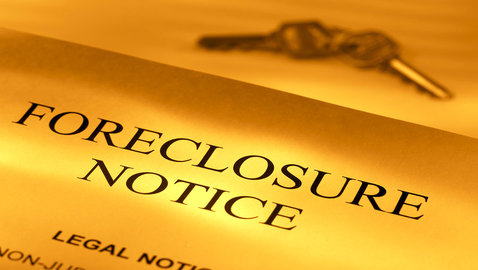Layoffs Intersect with Personal Bankruptcies
Post Views 0In October 2012, Barclays PLC announced cutting about 50 employees from its equities business. It was the bank’s latest effort to reduce costs at its investment-banking arm. The British bank made public that about 10% of the jobs at its equities business across Europe, Africa and the Middle East would be lost.
During the first half of 2012, the company’s equities and prime services business, which employs around 500 people, saw revenue decline 12% on the year to $1.57 billion. The U.K. company’s recent work-force reduction may not be the last.
Financial workers in the United States are also seeing job cuts with Bank of America planning to cut 30,000 workers from its workforce. “As we continue to get through the mortgage issues at Countrywide, you’ll see the head count come down substantially,” the CEO told Bloomberg Television.
With layoffs continuing, personal bankruptcies are still in high demand. Some bankruptcy attorneys do not have to advertise much except put up a website to get clients through search engine optimization of their blog posts.
Some of those who have lost jobs have also lost their homes. For investors who buy these homes at foreclosure sales, the purchases do not come without hassles. The homeowner who has lost a job may try to keep a home by filing bankruptcy.
When a person files bankruptcy, collections stop with an automatic stay. An investor who buys a home from foreclosure does not want the debtor to stay at the home. The buyer can gain access to the property with a motion for relief to get relief from the automatic stay.
After the court lifts the automatic stay, the purchaser gets an order from the federal bankruptcy court. The motion requires a court hearing to give due process to the debtor. Bankruptcy involves a federal court. The purchaser uses the court order to go to state court to file a lawsuit against the debtor. For example, an unlawful detainer action leads to a writ to possess the home.
The motion for relief by the purchaser requires several days’ notice to the debtor. Until a purchaser has the court order, the purchaser cannot do anything against the debtor without violating the automatic stay.
For the motion for relief, the purchaser needs to provide evidence to the court that the purchaser is the new owner of record of the property bought in foreclosure. The debtor may allege the purchaser bought the house in a wrongful foreclosure sale. For example, there has been news on “robo signing.” The debtor may allege the foreclosure sale was “void.” Sometimes it may take years for an investor to gain access to a home purchased at foreclosure.
Update: Day by day the demand for bankruptcy attorneys are driving up. Browse here for more information.
Layoffs Intersect with Personal Bankruptcies by Harrison Barnes



 Hawker Beechcraft Issues Another Round of Layoffs
Hawker Beechcraft Issues Another Round of Layoffs  Grocery Store Layoffs
Grocery Store Layoffs  Morton Hospital Planning Job Cuts
Morton Hospital Planning Job Cuts